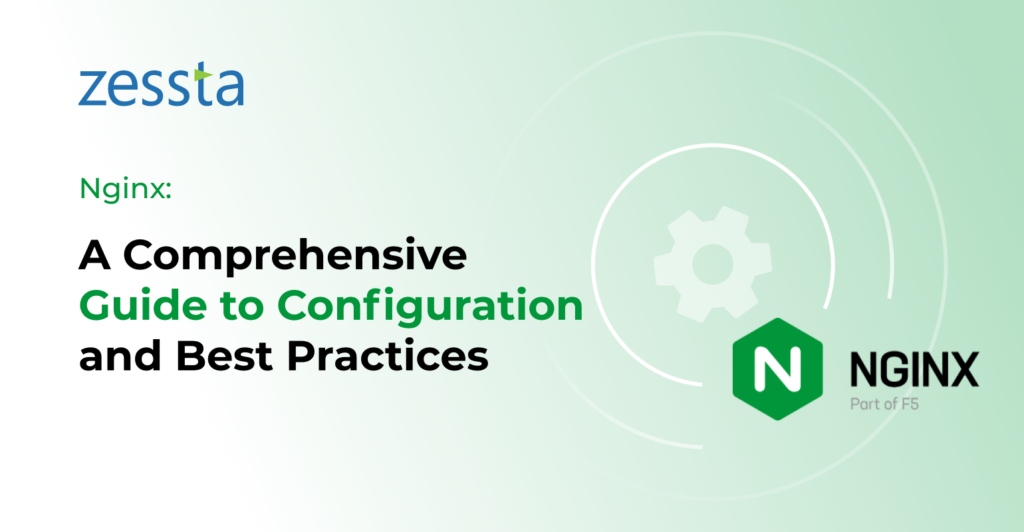Nginx: A Comprehensive Guide to Configuration and Best Practices.
Nginx: A Comprehensive Guide to Configuration and Best Practices.

Introduction:
Nginx pronounced “engine x,” is a versatile open-source web server, reverse proxy server, and load balancer. Its flexibility and high-performance capabilities make it a popular choice for managing web traffic efficiently. In this comprehensive guide, we’ll explore key features and use cases of Nginx, along with practical examples of its configuration.
Key Features and Use Cases of Nginx:
1. Web Server: Nginx serves as a robust web server, handling HTTP requests and delivering static content with exceptional speed. Your configuration might look like this:
server {
server_name example.com;
location / {
proxy_pass http://127.0.0.1:50001;
proxy_cache TileserverCache;
proxy_cache_valid 200 1w;
add_header X-Tile-Cache-Status $upstream_cache_status;
}
}
2. Reverse Proxy: Utilize Nginx as a reverse proxy to distribute incoming requests among multiple servers. Here’s an example:
server {
server_name example.com;
location / {
proxy_set_header Host $host;
proxy_pass http://localhost:5000;
}
}3. Load Balancer: Nginx can balance the load across multiple servers to ensure optimal resource utilization.
4. SSL/TLS Termination: Enable SSL/TLS termination to secure your connections. Use Let’s Encrypt for free SSL certificates:
server {
listen 443 ssl;
server_name example.com;
# SSL configuration...
}5. Caching: Improve performance by implementing caching for static content:
server {
server_name example.com;
location / {
proxy_pass http://127.0.0.1:50001;
proxy_cache TileserverCache;
proxy_cache_valid 200 1w;
add_header X-Tile-Cache-Status $upstream_cache_status;
}
}
6. Content Compression: Optimize bandwidth usage by compressing content before sending it to clients.
7. Security: Enhance security through proper configuration and regular updates.
8. Web Application Firewall (WAF): Protect your applications by integrating Nginx as a Web Application Firewall.
Default Ports: Nginx uses port 80 for HTTP and port 443 for HTTPS.
Configuration Examples:
# Frontend Application Deployment
server {
server_name example.com;
# Configuration for C compiler Executor Service...
}
# PHP Application Deployment with SSL
server {
server_name example.com;
# SSL and PHP configuration...
}
# Additional Configuration for General PHP Application
server {
server_name yourdomain.com;
location / {
root /var/www/html;
index index.php;
}
location ~ \.php$ {
include snippets/fastcgi-php.conf;
fastcgi_pass unix:/var/run/php/php7.4-fpm.sock;
}
# Additional Nginx configuration...
}Commands and Troubleshooting:
“`bash
sudo service nginx start
sudo service nginx stop
sudo service nginx restart
sudo service nginx reload
sudo nginx -t
nginx -v
sudo service nginx status
ps aux | grep nginx
sudo systemctl enable nginx
sudo systemctl disable nginx
“`
Pro Tips and Best Practices:
- Ensure port 80 is free before starting Nginx.
- Grant proper permissions to Nginx users for folder access.
- Regularly check logs for troubleshooting.
Alternatives to Nginx:
- Apache
- AWS Application Load Balancer (ALB)
- Tomcat
- IIS (Internet Information Services)
In Conclusion:
Nginx is a powerful tool that can significantly enhance the performance, security, and scalability of your web applications. By understanding its key features and properly configuring it for your specific use cases, you can unlock its full potential. Whether you’re deploying front-end applications, PHP applications, or securing your sites with SSL, Nginx remains a reliable and efficient choice. Stay tuned for more tips, tricks, and in-depth guides on maximizing Nginx for your web infrastructure.